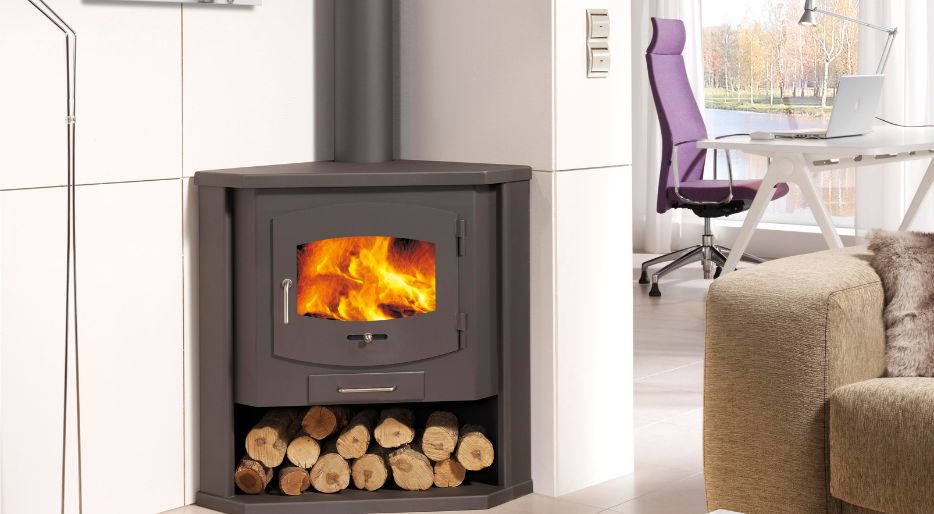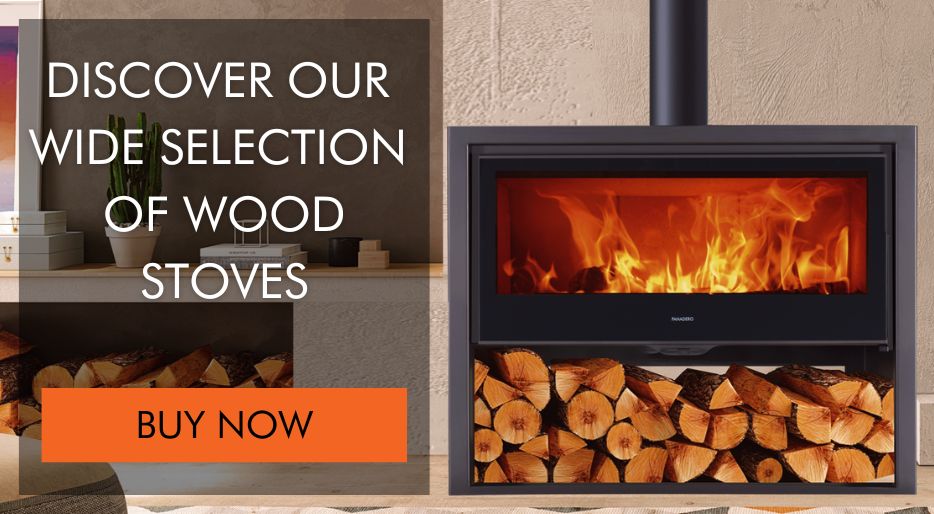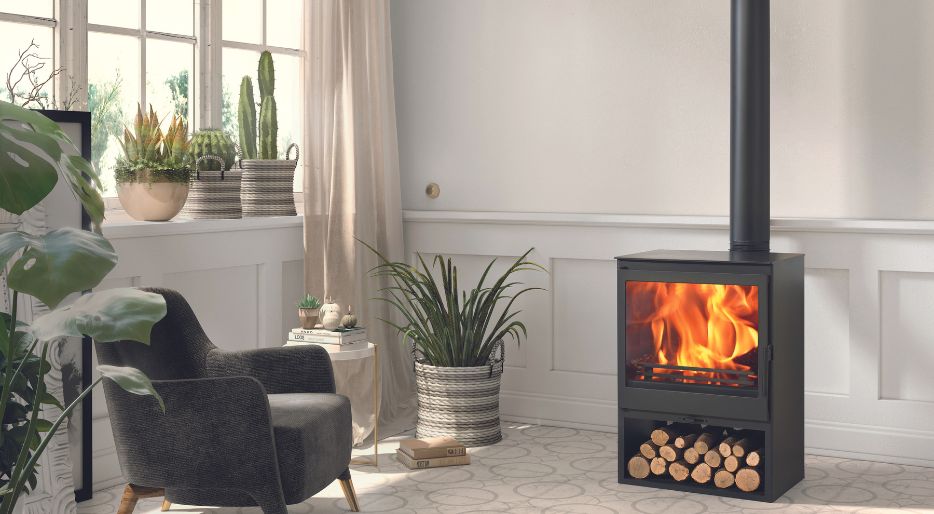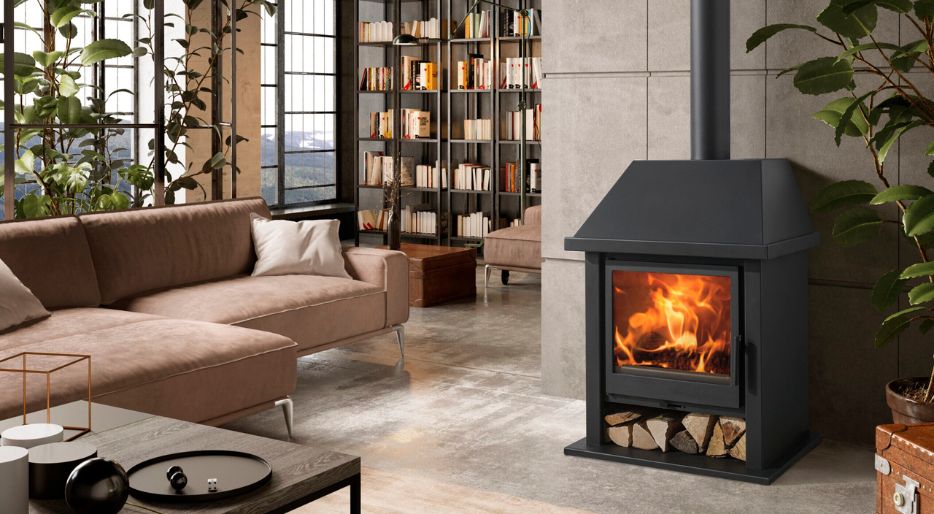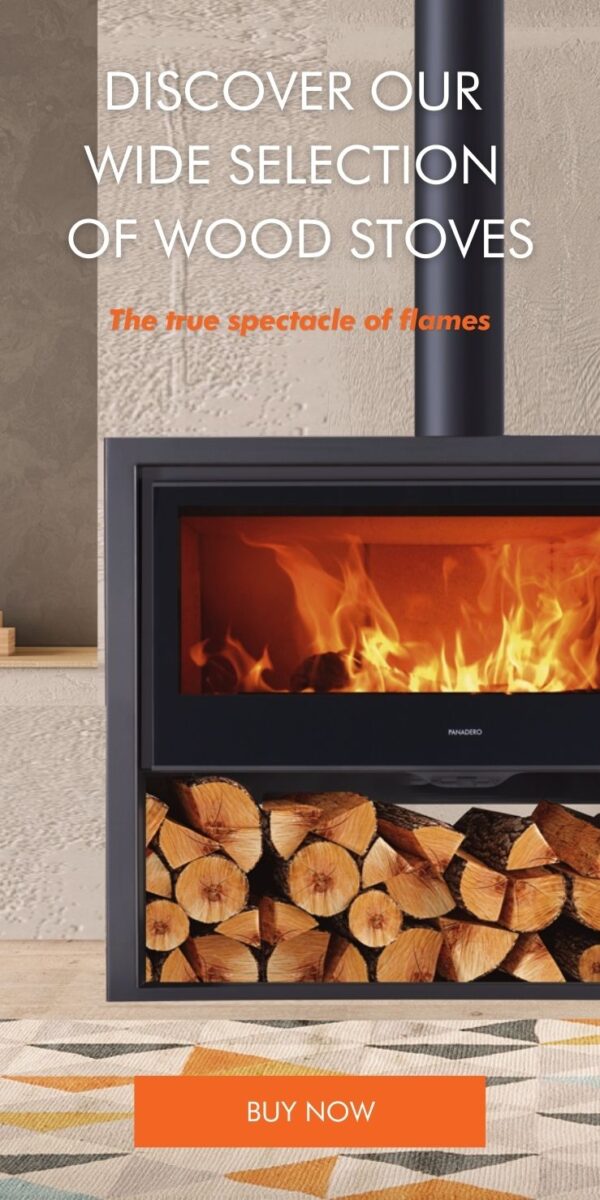In the search for more efficient and sustainable alternatives for heating, the triple combustion system has emerged as an innovative technology in wood stoves. The use of this combustion process makes it possible to maximise the energy potential of wood, reduce pollutant emissions and improve the thermal efficiency of these heating systems. In this article, we will explore in detail what triple combustion is, how it works and what its benefits are.
What is triple combustion?
It is an advanced combustion method used in wood stoves to optimise the wood burning process. This system burns the gases that have not been burned during the first and second combustion.
Traditionally, combustion in a wood cooker takes place in two stages: the initial primary combustion phase and the secondary combustion phase. However, with triple combustion, a third stage is added to maximise the efficiency of the process.
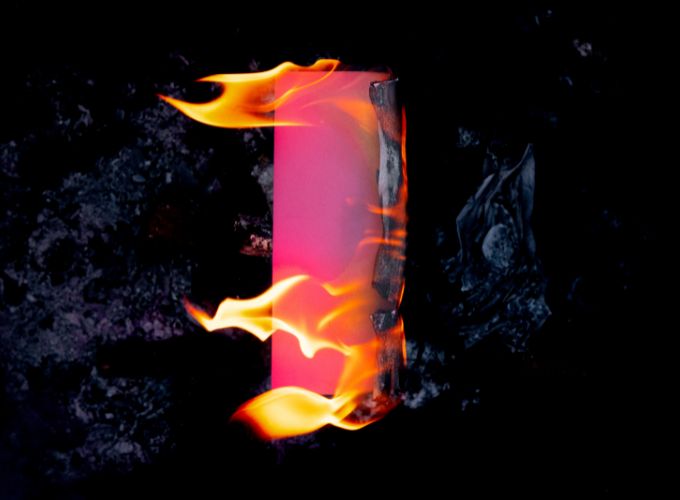
How does the triple combustion system work?
The triple combustion process in a wood cooker involves the introduction of additional air into a third combustion zone, usually located at the top of the combustion chamber. Unlike the first and second combustion, which rely on air entering through the base of the stove and through the top, respectively, the third combustion stage is activated by a controlled secondary air intake.
The additional air introduced into the third combustion zone allows the gases released during the secondary combustion phase to mix with more oxygen, resulting in a more complete and efficient burn. This means that even more use is made of the heat generated by the wood and emissions of pollutants into the environment are reduced.
Stages of combustion
- Primary combustion: In this initial stage, wood is burned in the presence of oxygen to generate heat. Primary air enters the cooker through the fuel inlet and mixes with the gases and products of combustion in the combustion chamber. This phase generates heat and releases gases and particles that can still be burned more completely.
- Secondary combustion: In the secondary combustion stage, additional air is introduced into the combustion chamber to burn the gases and particles released in the previous stage. This secondary air enters through specific air inlets located at the top of the cooker. The mixing of these gases with more oxygen improves the burning and reduces the emission of pollutants.
- Tertiary combustion: In this stage, an additional flow of controlled preheated air is introduced into a specific area of the combustion chamber, usually near the top. This extra air allows an even more complete burning of the gases released in the secondary combustion stage, maximising efficiency and reducing emissions of toxic gases and harmful particles almost completely.
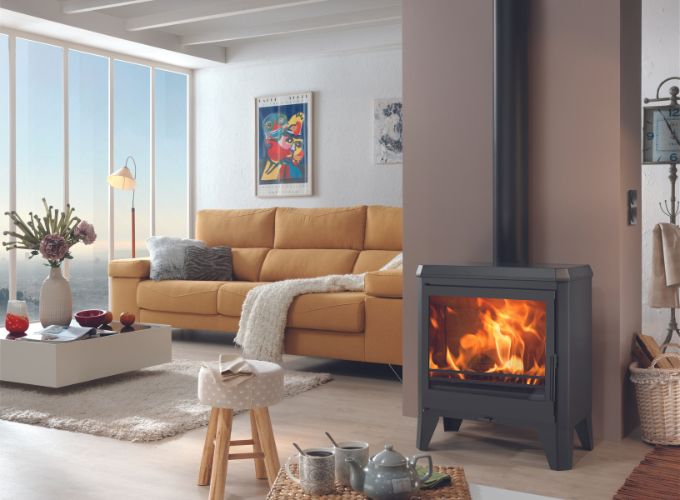
Benefits of triple combustion
- Increased energy efficiency: By maximising the burning of wood, triple combustion increases the thermal efficiency of the cookers. This translates into higher heat output with less wood consumption, resulting in cost savings and more efficient use of natural resources.
- Reduction of pollutant emissions: Incomplete burning of wood can release harmful substances into the environment, such as carbon particles and toxic gases. Triple combustion significantly reduces these emissions by improving combustion quality and ensuring a cleaner burn.
- Longer burning time: The wood burns more slowly and evenly, which prolongs the running time of the cooker before it needs to be reloaded. This provides greater user comfort and minimises the need for constant intervention.
- Reduced residue build-up: Triple combustion also reduces the build-up of residue and creosote in the stove flue system. By improving combustion efficiency, the formation of solid deposits is reduced and the risk of blockages and maintenance problems is minimised.
As a result, triple combustion in wood stoves represents a significant advance in terms of energy efficiency and sustainability in heating. This technology makes it possible to maximise the heating potential of wood, reduce pollutant emissions and ensure a more durable combustion.
Have you found this article useful? Take a look at our blog and find solutions and recommendations to help you with your fireplace or wood stove.
If you still haven’t got your fireplace or wood stove for this winter… what are you waiting for? Visit our online store of Panadero wood stoves.
Articles of interest:
- Different ideas for decorating the fireplace wall
- How to cover your chimney pipes in a creative and decorative way
- Wood-burning fireplaces for the living room: a cozy and efficient way to heat your home
- Tips for combining your fireplace and television
- How to decorate a fireplace mantel?
- Creative designs for storing firewood in your garden
- Wood stove design styles for decorating your home
Did you like this article? If so, help us spread it 😊 . Click on the buttons below here and feel free to share it on your social networks!
Thank you very much!
↓ ↓ ↓ ↓
